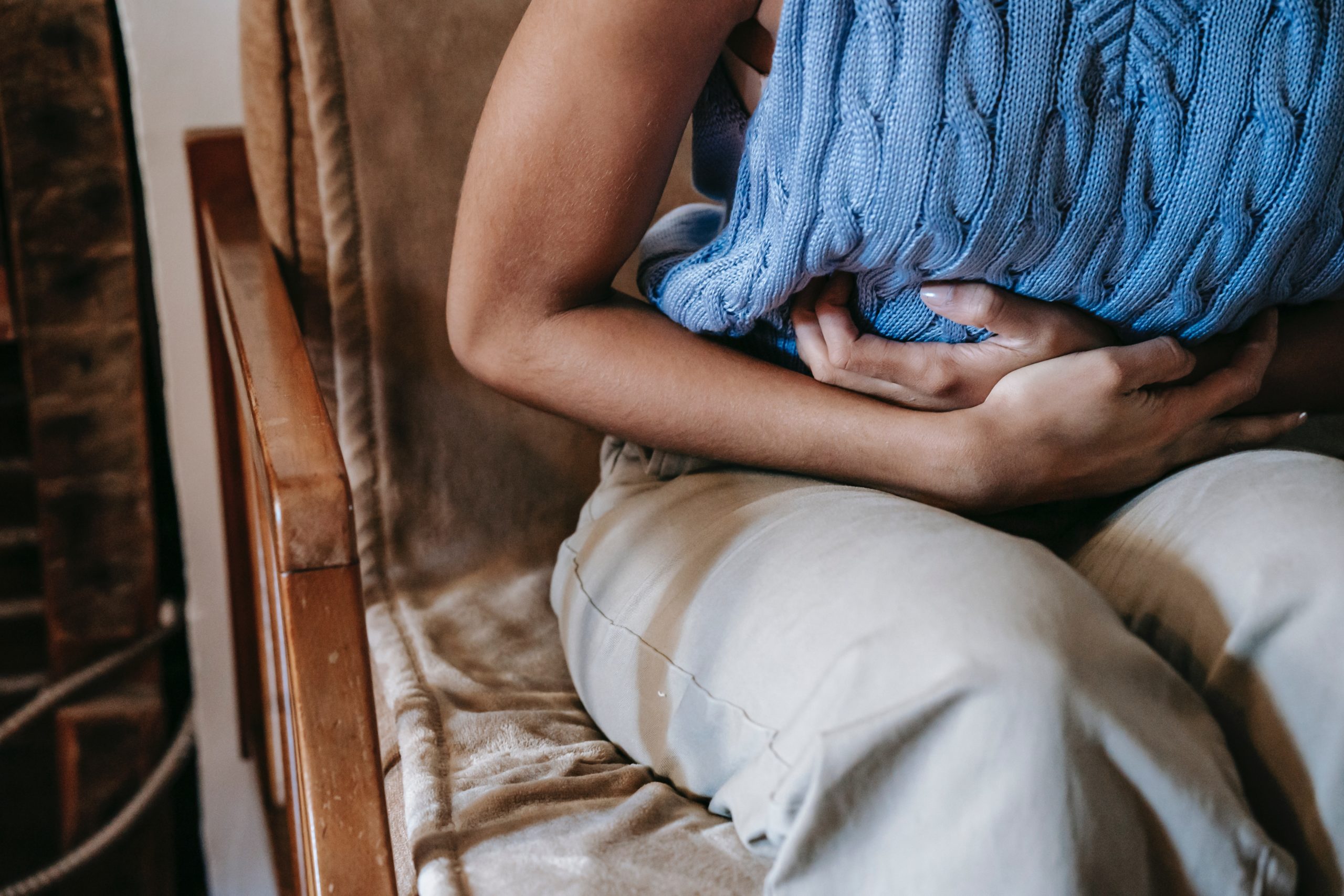Do you feel like you always have to "go"? Bladder problems put a serious damper on the fun for many women after 60. If you're bugged by a constant urge to hit the ladies' room, experience embarrassing leakage or lose sleep at night because of your bladder, try these strategies to support the healthy function of this important organ.
Change Consumption
First of all, drink lots of water. While that may seem counterintuitive, fluid flushes the bladder of infection and toxins. Try to get six-to-eight 8-oz glasses each day, but ask your doctor about water intake if you have heart or kidney disease.
Cut back on soda, coffee and other caffeinated beverages, which irritate the bladder and can increase the frequency and urges. Some women also find that limiting chocolate, carbonated beverages, citrus fruits, tomatoes, spicy foods or alcohol decreases uncomfortable bladder symptoms.
Eating fiber-rich foods prevents constipation, which can negatively impact bladder health. Add fresh fruits and veggies as well as whole grains to the menu so you stay regular.
You might also want to try timing your fluid intake. Avoid going over 64 oz of water a day and try to break it up into smaller amounts. Front-load your fluid intake in the morning and limit beverages before bed if you often wake up to urinate.
Medications can also affect the health of your bladder. You may notice urinary symptoms if you take antidepressants, antihistamines, sedatives, muscle relaxants, diuretics, heart medications, or drugs for high blood pressure. Consult with your doctor; he or she may be able to provide another option.
If you are overweight or obese, changing your diet and exercising to lose extra pounds often resolves bladder symptoms. Smoking can also damage the health of your bladder, so look into cessation programs if you use tobacco.
[insert page='Offer' display='content']
Time Your Trips
When you have an overactive bladder, your brain signals you to empty it even when it's not necessary. Fortunately, toilet training isn't just for tots! You can train your bladder so you feel the urge less frequently. Try these steps.
Write down each trip to the bathroom to go number two for several days. Look for patterns in when and how often you urinate.
Look at your notes and figure out how long you can usually go before you have to go. Extend that interval by 15 minutes. For example, if you usually head to the loo every 90 minutes or so, try to make it to the 105-minute mark. When you succeed, extend the time by 15 more minutes the following day.
Eventually, you should be able to wait two to four hours between bathroom trips. Try to wait when you feel the urge but you're not scheduled to urinate.
The more you practice this simple technique, the easier it will be to control your bladder and spend less time in the bathroom.
Maximize Muscle Strength
Strengthening the muscles that make up your pelvic floor can boost your bladder health and control urinary symptoms. Have you done your Kegels? To perform this exercise, squeeze your pelvic floor as if you were trying to stop your urine stream. Hold for three seconds, then relax for three seconds several times in a row, several times a day. If you aren't sure you're doing this move correctly, talk to your doctor.
In addition to exercising the pelvic floor, getting regular physical activity improves the health of your organs including the bladder. It also limits constipation and reduces extra weight, both factors that contribute to bladder problems.
Too many women write off urinary symptoms as a normal part of aging. These tips may improve your bladder health and help you reduce your lavatory visits.

